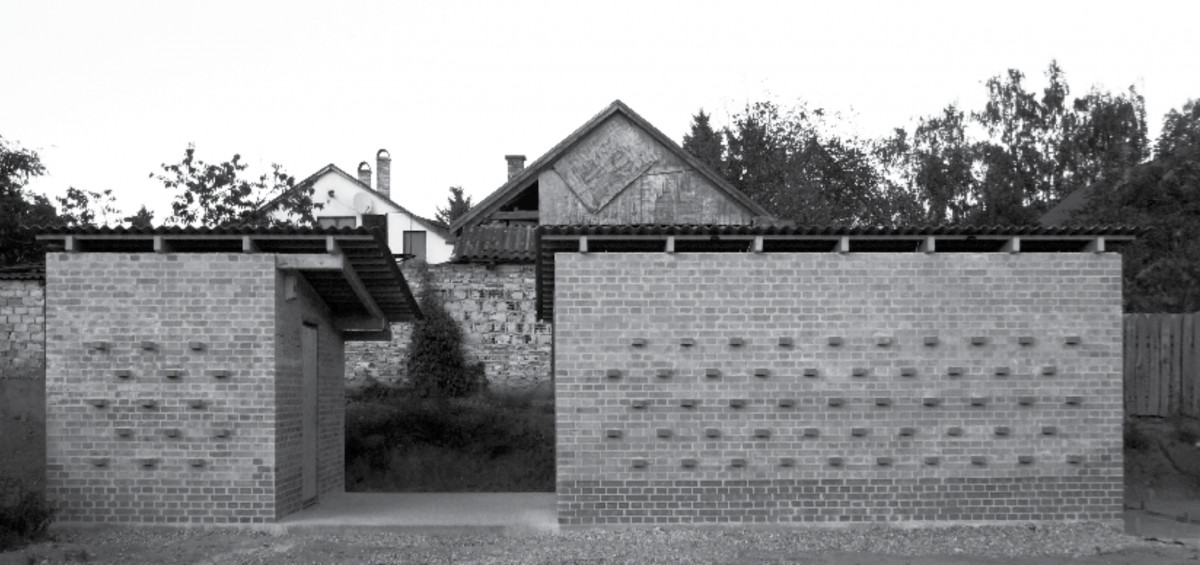Community and Architecture
Complex design approaches
- Author
- Fazekas Katalin DLA
- Supervisor
- Cságoly Ferenc DLA
- Year
- 2017
- Download disszertáció
Since the 1990’s, with the advancement of globalization and environ- mental issues, as well as overpopulation and increasing poverty more and more quality architectural projects have started to take shape, with the goal of helping communities at stake. Value-sustaining and rational architectural solutions, strategies that aim to provide the best available answers in the most adequate ways.
In part, this essay showcases international examples to introduce possible models for the realization of these social architecture works as related to economic structures. It categorizes these models based on their architectural claim and focuses on their design specifics.
Its theoretical background has been supplemented with an intense, nine- month field research owing to a Fulbright Visiting Student Researcher Fellowship in the United States. Social architecture has a special position in the United States, due to the strong tradition of volunteering and charity. This has obviously affected American architectural practice in the past few decades. As a result, a large number of programmes, courses, trainings, publications, exhibitions, groups and works were born in the field of social responsibility in architecture. During the Fellowship I have been part of a study programme directed towards the architectural future of an orphanage building in one of the most impoverished countries of the World: Haiti.
Closely related to this field of research was my architecture thesis project, a Bio-briquette drying manufacture constructed for the disad- vantaged inhabitants of a neighbourhood in Monor, Hungary. The essence of my thesis project is also introduced within the conceptual framework of this essay.
During my Fulbright Fellowship I had the chance to talk with a number of architects actively involved in social architecture projects, such as Teddy Cruz, Dan Pitera and Steve Badanes. These conversations are document- ed in the three interviews of the Appendix.
The purpose of this essay is to draw attention to the importance of taking personal and professional responsibility, and to feature the case studies as sources of inspiration for further community based architec- tural projects.
